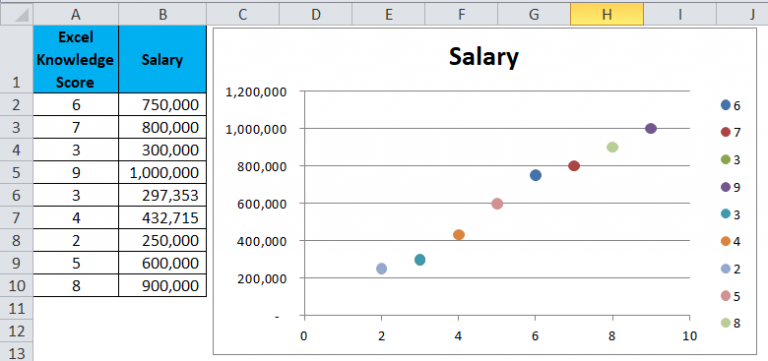
Pick “ Axis Titles” from the dropdown menu.Step #3: Add the axis titles.Īs icing on the cake, axis titles provide additional context to what the chart is all about.

Right-click on any of the columns and select “ Add Data Labels.”Ĭustomize the color, font, and size of the labels to help them stand out ( Home > Font). Start with adding data labels to the chart. Technically, we can call it a day, but to help the chart tell the story, you may need to put in some extra work. Magically, a Pareto chart will immediately pop up: Step #1: Plot a Pareto chart.Īgain, if you are using Excel 2016 or later, Excel allows you to create a simple Pareto chart while barely lifting a finger:

But first, here is the algorithm for those looking to take the easier route. So, if you need that extra level of customization, it makes sense to build the chart from the ground up. With this method, it takes only a few clicks to set up the chart, but you lose out on some customization features-for instance, you can add neither data labels nor markers to the Pareto line. How to Create a Pareto Chart in Excel 2016+įirst, let me show you how to plot a Pareto chart by using the corresponding built-in Excel chart type introduced in Excel 2016. With that in mind, consider the following data:

For that reason, let’s assume you set out to analyze the breakdown of the items returned to a clothing store, trying to figure out which product categories cause the most trouble. To show you the ropes, we need some raw data to work with. In this tutorial, you will learn how to create a customizable Pareto chart both manually and by using the built-in charting tool in Excel. The purpose of the chart is to discern the critical factors in a dataset, differentiating them from the insignificant ones.Ī Pareto graph became a native chart type in Excel 2016, but for users of Excel 2013 or older versions, the only way to go is to manually build the chart from scratch. The chart owes its name to the Pareto principle, also known as the law of the vital few, which states that approximately 20% of the causes contribute to 80% of the effects.

Step #1: Sort the data in descending order.How to Create a Pareto Chart in Excel 2007, 2010, and 2013.How to Create a Pareto Chart in Excel 2016+.Return to Charts Home How to Create a Pareto Chart in Excel Create, Save, & Use Excel Chart Templates


 0 kommentar(er)
0 kommentar(er)
